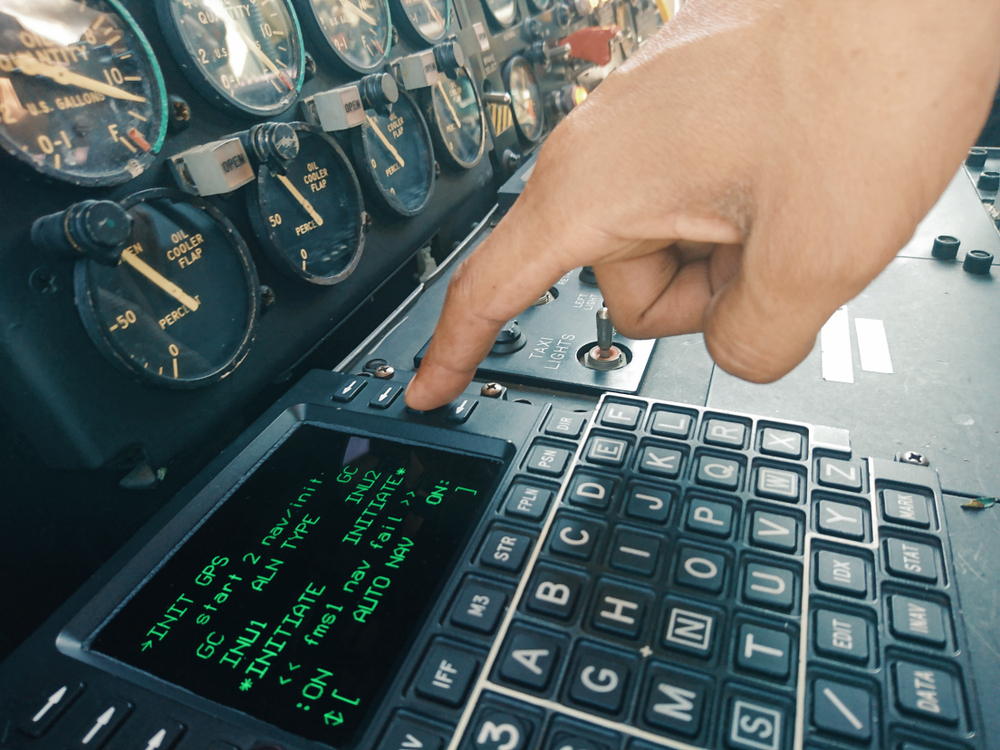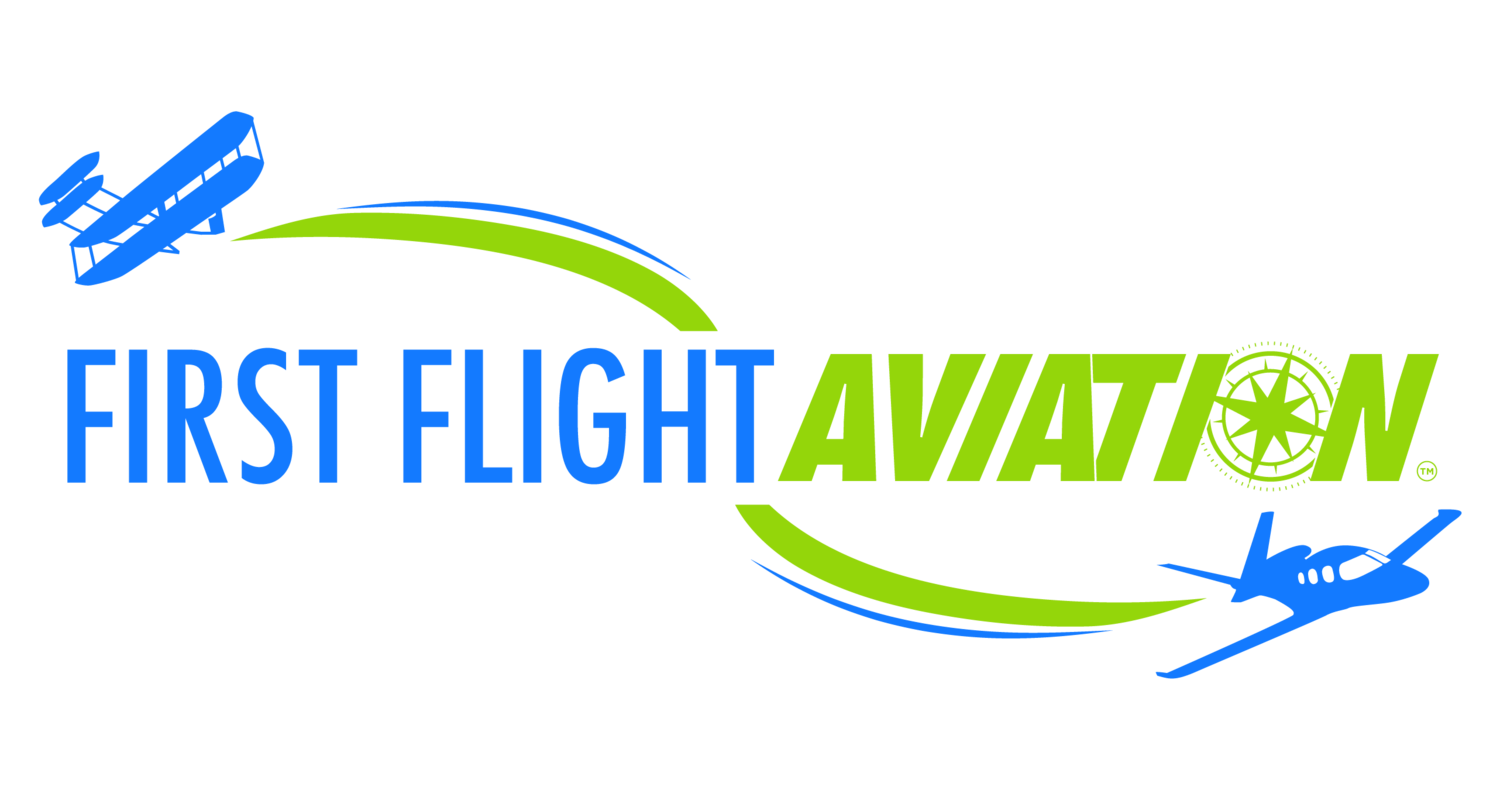
Modern aviation relies heavily on avionics systems to ensure safe and efficient flight operations. Avionics, short for aviation electronics, includes systems like navigation, communication, flight control, and monitoring instruments. However, like all technology, avionics systems can encounter issues. Knowing how to troubleshoot these problems is crucial for pilots, maintenance crews, and aviation engineers. This blog will guide you through common avionics issues and how to address them effectively.
Understanding Avionics Systems
What Are Avionics?
Avionics refers to the electronic systems used in aircraft for navigation, communication, and flight management. These systems include:
- Navigation Systems: GPS, VOR, DME, and INS.
- Communication Systems: Radios, transponders, and datalinks.
- Flight Control Systems: Autopilots and flight directors.
- Monitoring Systems: Engine and system status displays, weather radars, and electronic flight instruments.
Importance of Avionics in Aircraft
Avionics systems enhance situational awareness, improve communication with air traffic control, and provide essential data to pilots for decision-making. Malfunctions can compromise safety and efficiency, making timely troubleshooting critical.
Common Avionics Issues
Intermittent Communication Failures
Communication problems often arise from faulty radios, antenna malfunctions, or wiring issues. Pilots may experience distorted transmissions, dropped signals, or inability to communicate with air traffic control.
Navigation System Errors
Navigation issues can result from inaccurate GPS signals, failed VOR receivers, or incorrect data in flight management systems. These errors can mislead pilots, potentially causing deviations from intended flight paths.
Display Failures
Electronic Flight Instrument System (EFIS) displays may flicker, lose brightness, or fail entirely. Display failures often stem from power supply problems, wiring faults, or software glitches.
Autopilot Malfunctions
Autopilot issues might involve failure to engage, sudden disengagement, or erratic behavior during operation. These problems can arise from sensor errors, control surface anomalies, or software bugs.
Sensor Anomalies
Avionics rely on accurate sensor data from devices like pitot tubes, altimeters, and accelerometers. Faulty sensors can lead to incorrect readings on displays, affecting pilot decision-making.
Steps for Troubleshooting Avionics Issues
Step 1: Assess the Symptoms
Begin by identifying the symptoms of the problem. Ask the following questions:
- What system is affected?
- When did the issue occur?
- Are there any error messages or warning lights?
- Is the problem intermittent or consistent?
Step 2: Refer to the Aircraft Manual
Consult the aircraft’s avionics manual or maintenance documentation. Most manuals provide troubleshooting flowcharts, error codes, and diagnostic steps tailored to the specific system.
Step 3: Isolate the Problem
Systematically isolate the faulty component. For instance:
- Test communication systems by switching to backup radios.
- Cross-check navigation data from multiple sources.
- Use built-in test equipment (BITE) to diagnose specific systems.
Step 4: Inspect Hardware Connections
Loose or corroded connections are common culprits in avionics failures. Inspect:
- Wiring harnesses for fraying or damage.
- Connectors for secure attachment.
- Antennas for physical damage or misalignment.
Step 5: Check Power Sources
Many avionics problems stem from power supply issues. Verify that:
- Circuit breakers are intact and properly set.
- Batteries are charged and functioning.
- Generators or alternators are providing sufficient voltage.
Step 6: Update or Reinstall Software
Software glitches can disrupt avionics performance. Update firmware, reinstall navigation databases, or reset the system to factory settings as recommended by the manufacturer.
Step 7: Perform Ground Testing
Before flight, perform ground tests to verify the system’s functionality. Use avionics test equipment like spectrum analyzers, GPS simulators, or pitot-static testers to simulate operating conditions.
Step 8: Engage Professional Support
If the problem persists, seek assistance from certified avionics technicians. They have specialized tools and expertise to diagnose and repair complex issues.
Specific Troubleshooting Scenarios
Scenario 1: Radio Communication Failure
Symptoms:
- Pilot hears static or distorted audio.
- Air traffic control cannot receive transmissions.
Troubleshooting Steps:
- Check the radio’s frequency settings for accuracy.
- Inspect the headset and microphone for damage.
- Test backup radios if available.
- Examine antenna connections and alignment.
- Verify power supply to the radio system.
Scenario 2: GPS Navigation Error
Symptoms:
- Aircraft position deviates on the map.
- GPS signal is lost or intermittent.
Troubleshooting Steps:
- Verify database updates to ensure current navigation data.
- Inspect GPS antenna for obstructions or damage.
- Cross-check navigation data with VOR or DME systems.
- Restart the GPS system to reset connections.
Scenario 3: Autopilot Won’t Engage
Symptoms:
- Autopilot fails to activate.
- System disengages unexpectedly.
Troubleshooting Steps:
- Ensure sensors like the attitude indicator are functional.
- Test control surfaces for unrestricted movement.
- Inspect autopilot servos for proper operation.
- Check for software updates or reinstall firmware.
Preventative Measures for Avionics Reliability
Regular Maintenance Checks
Schedule routine inspections of avionics systems to detect and address potential issues before they escalate.
Clean and Protect Connections
Keep connectors clean and free of corrosion. Use protective coatings to prevent environmental damage.
Update Software and Databases
Regularly update avionics software and navigation databases to ensure compatibility and accuracy.
Conduct Preflight Checks
During preflight inspections, verify the functionality of all avionics systems. Address any anomalies before takeoff.
Invest in Training
Ensure pilots and maintenance crews receive adequate training on the latest avionics systems. Familiarity with advanced technology enhances troubleshooting efficiency.
When to Seek Expert Assistance
Persistent or Complex Issues
If troubleshooting efforts fail to resolve the problem, consult certified avionics technicians or the aircraft manufacturer.
Regulatory Compliance
Ensure repairs and modifications comply with aviation regulations and manufacturer guidelines to maintain airworthiness.
Conclusion
Troubleshooting avionics issues requires a methodical approach, combining technical knowledge, diagnostic tools, and meticulous inspections. By understanding common problems and their solutions, aviation professionals can enhance safety, efficiency, and reliability in flight operations. Regular maintenance, training, and proactive measures further contribute to minimizing disruptions and maximizing the lifespan of avionics systems.
Need a Fixed-Base Operator in Dayton, OH?
Here at First Flight Aviation, we are committed to helping aspiring pilots reach new heights through cutting-edge training tools. Our state-of-the-art flight simulators provide a safe, cost-effective, and realistic environment for mastering essential skills, from navigating complex maneuvers to handling challenging weather scenarios. Whether you’re just starting your aviation journey or preparing for advanced certifications, our simulators offer a structured and immersive learning experience to complement real-world flying lessons. Contact us today to learn how our simulators can accelerate your path to becoming a confident, skilled aviator!
